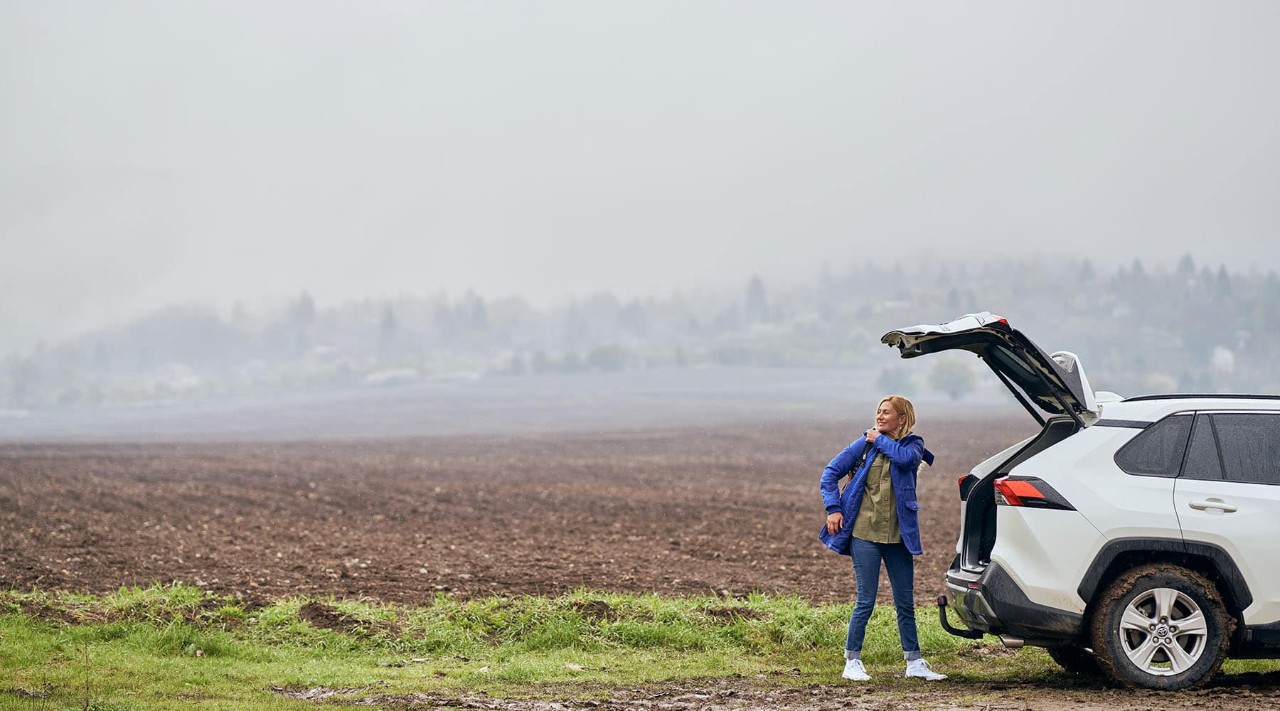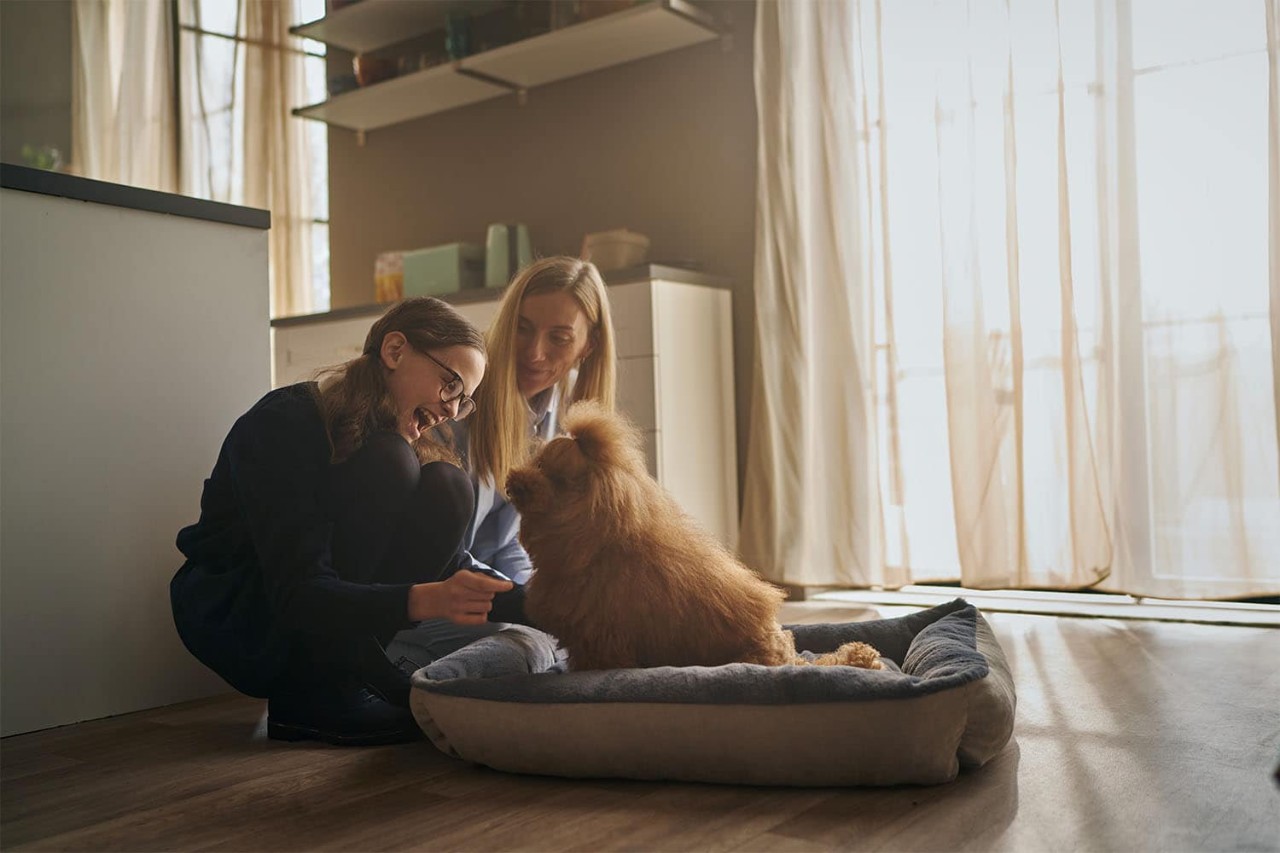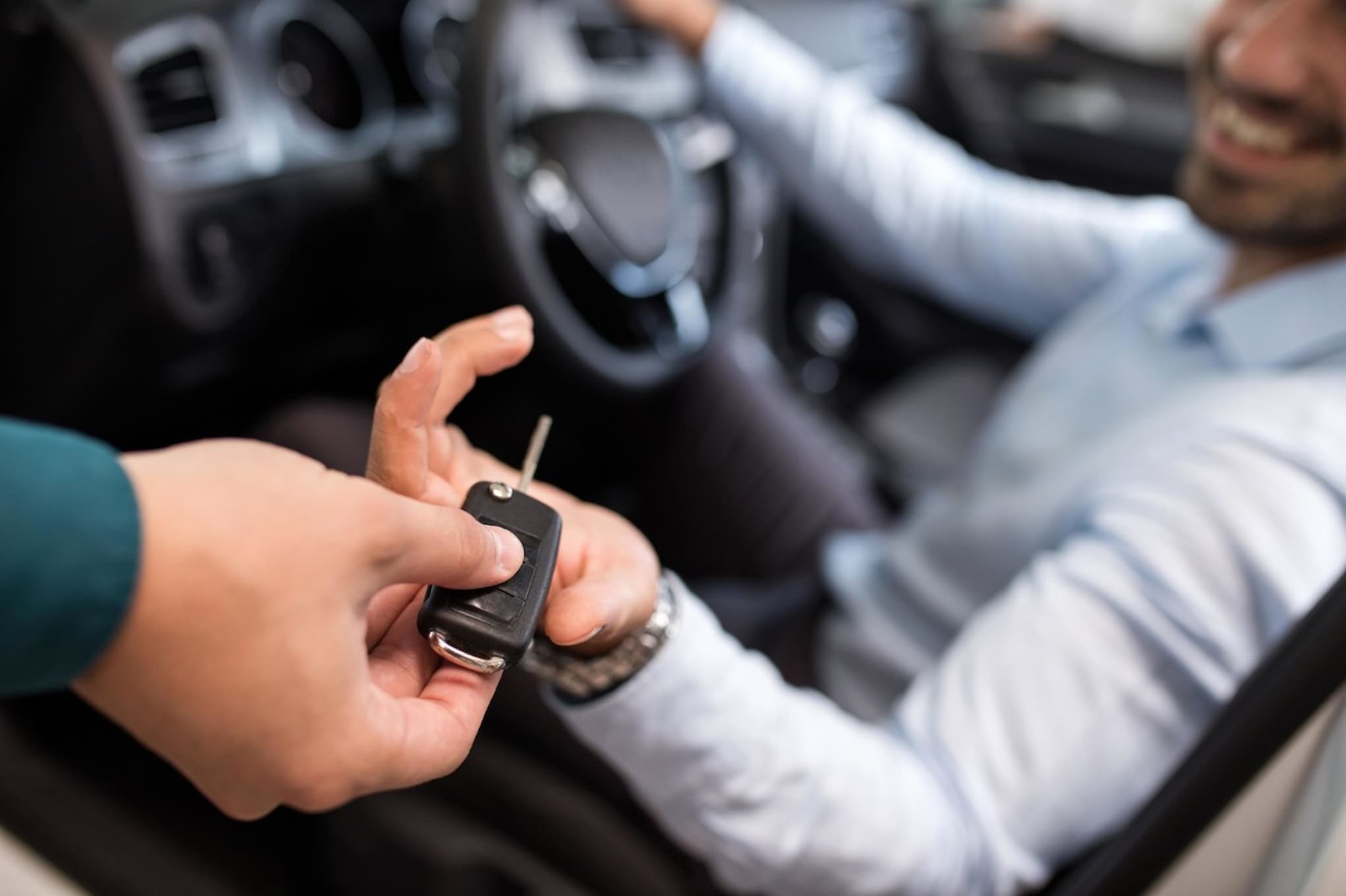by Melanie May | July 2022
Buying a used car can seem like a daunting and complicated process, but it doesn't have to be. Our top tips will empower you on your used car buying journey so that you can drive away a new-to-you car with confidence.
Buyer beware
If you are nervous about buying a secondhand car, buy from a reputable dealer. Buying from a dealer means consumer protection laws will cover you. However, if you buy privately, you are not buying from a business and are therefore not afforded the same protection i.e. in the event of something going wrong, you will have no comeback, so it is a case of buyer beware.
Check the car's history
To save valuable time, check the car's history before viewing it. Most car history websites confirm vehicle details such as the chassis (VIN) number, last recorded mileage, if the vehicle has been scrapped, if an insurer has ever written it off, or if there is any finance owed on it. These reports don’t cost much but can save you a fortune and help prevent you from buying a lemon.
Daytime viewing
Whether buying from a dealer or privately, always view the car during the day, ideally when it is not raining (difficult in Ireland, we know). Darkness and rain can hide a myriad of sins.
If you know someone who knows a little about cars, ask them to come along to see the car with you. Getting a second opinion from someone you trust is a good idea. It is also safer for two people to view the vehicle together, rather than going alone.
Inspect the exterior and interior
Do not rush the exterior inspection. Have a thorough look at all the panels and bodywork. Watch out for indications that the car has been repaired, possibly due to an accident. For example, the car's paintwork should be one consistent colour. Look at the panel gaps around the car to see if any spacing or gaps look off. Check for rust in the wheel arches and the car sills (the floor section between the front and rear wheels). These areas can be costly to repair and might lead to NCT-related issues further down the line.
Be just as vigilant in checking the interior of the car. Make sure every button and switch work e.g. air-con, electric windows, lights and stereo.
Check under the bonnet
Pop the bonnet and give it a quick visual inspection. You don’t need to be a mechanic, just look out for indications of leaks and fluid loss. Then look underneath the car to see if there are signs of leakage.
Start the engine
If possible, start the engine from cold, and keep the radio off so you can listen for any unusual sounds. Doing this can help identify underlying mechanical issues or signal that the battery or starter may need replacing.
Look for any warning lights or symbols on the instrument display. It may be something simple like a brake or headlight bulb is gone, but if there is a more serious one, such as engine management, it is probably best to walk away.
Take a test drive
Before test driving, ring your car insurance company and check that you are covered to drive the car.
When taking the car for a test drive, listen out for noises that may be tell-tale signs of a potential problem. Be wary of any vibrations or mechanical actions — steering, gear selection, clutch pedals — that feel abnormal to you.
When you come to a straight section of the road, slightly loosen your grip on the steering wheel to see if the car pulls to one side — it should track straight. Do this whilst braking, too. If it moves to one side, the wheel alignment may be out. It could be a simple fix, but be aware that it may be a more serious issue.
If something about the car doesn’t seem right to you, either get a second opinion or move on. Do not feel obliged to continue with the purchase.
Gather the necessary paperwork
If you are happy with the car and plan to go ahead with the purchase, make sure all the necessary paperwork is in order. Assuming the vehicle is currently taxed, ensure the motor tax disc is in place. Read through the Vehicle Licensing Certificate (VLC) and double-check that the seller's name and address match up. Locate the Vehicle Identification Number (VIN) and ensure it matches the VRC and the car history report, likewise with the NCT certificate.
Closing the deal
When it comes to buying a secondhand car privately, the Gardaí advises against paying for it with cash, as once you do, there is no comeback. Instead, use a bank draft or a bank transfer in the seller's name — this creates a paper trail for you to follow should anything go wrong.
Changeover your insurance
Finally, before driving away in your new-to-you car, don't forget to notify your insurance company. You must ensure that car insurance is in place before hitting the road — this often gets overlooked with all the excitement/nerves of buying a used car.
Information correct as of date of publishing. This blog will not be updated or edited so the information may become outdated.





